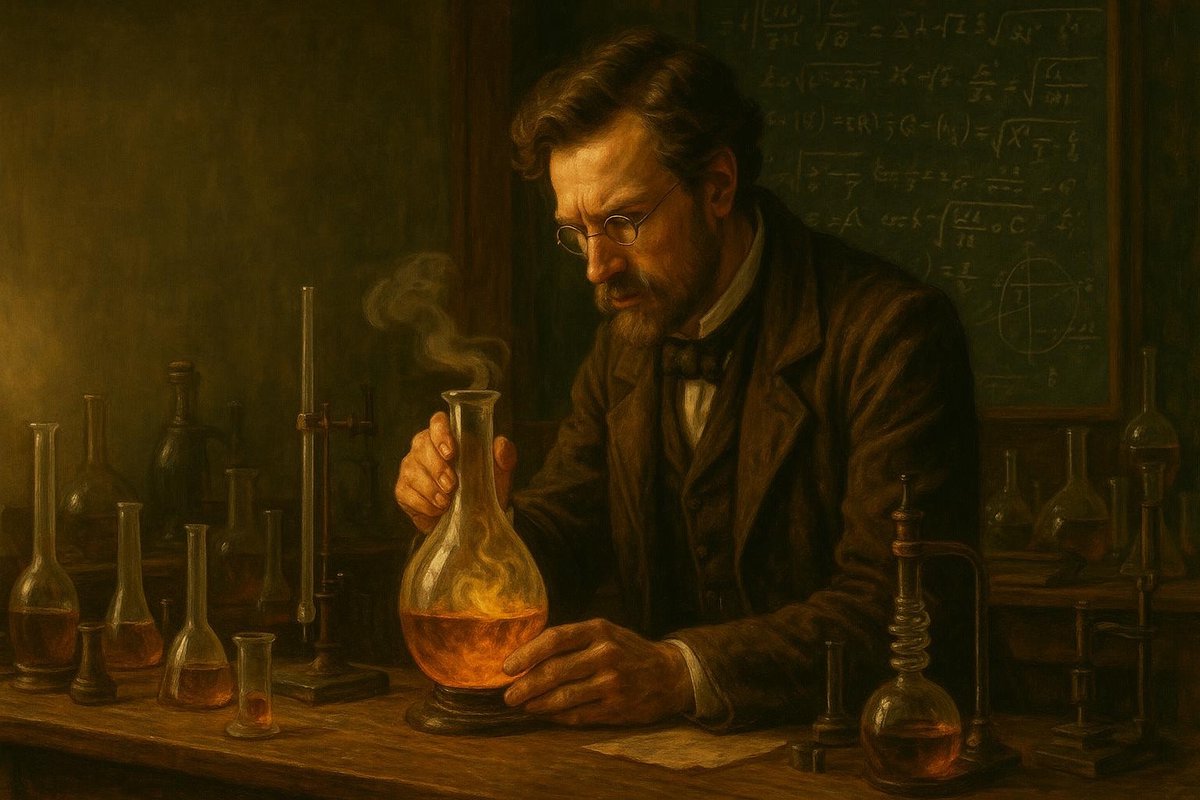
The Origins of Matter: A Question of Curiosity
Have you ever wondered how scientists first realized that matter could exist in different states? Interestingly, the journey to understanding the states of matter began with a simple curiosity about the world around us. In ancient times, many believed in the concept of the four classical elements: earth, water, air, and fire. These were thought to be the fundamental building blocks of everything we see. But as time went on, scientific curiosity paved the way for a more nuanced understanding.
- Early Greeks spoke of elements, but lacked the tools for deeper exploration.
- The Industrial Revolution fueled scientific inquiry with technological advancements.
- Curiosity about nature’s diversity led to questioning the classical elements.
This era set the stage for a new way of seeing the world, as scientists sought to understand the fundamental nature of matter. The shift from philosophical musings to practical experiments marked a turning point in human understanding of the physical world.
Key Figures and Their Contributions
Of course, the journey of discovery wouldn’t be possible without the contributions of pivotal figures. One such giant was Joseph Black, an 18th-century Scottish physicist and chemist. Black is credited with identifying carbon dioxide and understanding its properties as a gas. But he wasn’t working in isolation; his discoveries were part of a larger tapestry of scientific advancement.
- Joseph Black’s work laid the groundwork for understanding gases.
- Daniel Fahrenheit’s invention of the thermometer helped measure temperature accurately.
- André-Marie Ampère extended the concept to electricity, influencing later scientific thought.
These scientists, through their dedicated work, shifted the perception of matter from mystical to measurable. They provided the tools and concepts that allowed us to explore matter in more detail, ultimately leading to the modern understanding of solid, liquid, gas, and plasma states.
A Turning Point in Scientific Understanding
So, what was the turning point that radically changed our understanding of states of matter? It was the introduction of new scientific methods in the 19th century, particularly thermodynamics. Scientists like James Clerk Maxwell and Ludwig Boltzmann developed kinetic theory, which explained how matter’s physical state results from the motion of its particles.
- Maxwell and Boltzmann’s work helped explain temperature and pressure.
- This led to the realization that states of matter were not fixed but dynamic.
- These insights allowed us to predict matter’s behavior under different conditions.
Their work was revolutionary, transforming scientific understanding from static to dynamic. For the first time, scientists could predict and manipulate the conditions under which matter changed states. This breakthrough made it possible to advance industries, from chemical manufacturing to modern-day electronics.
The Impact on the World and Students Today
Understanding states of matter does more than fill textbooks; it changes how we view our interactions with the world. This discovery has far-reaching impacts, from everyday life to advanced scientific research. For students, grasping this concept can be transformative.
- It encourages a deeper connection to science, seeing it as a dynamic field.
- It provides a foundation for understanding more complex scientific principles.
- Understanding matter helps explain everyday phenomena, making science relatable.
For instance, knowing why water evaporates or how refrigerators work connects students to real-world applications of scientific principles. It turns science from a series of facts to be memorized into a fascinating narrative of discovery that continues to evolve.
In conclusion, the discovery of the states of matter is more than just a historical milestone; it’s a beacon of human curiosity and intellect. As students grasp this concept, they not only learn about the physical world but also become part of an ongoing story of discovery and innovation.
Fuel Someone Else’s Curiosity
If this journey through the states of matter has sparked your interest, why not share it with someone else? Knowledge grows when shared, and you might just inspire the next great scientific mind. Let’s keep the flame of curiosity burning bright!

Leave a Reply